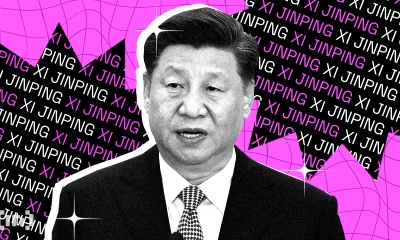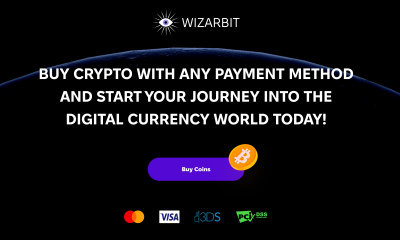

As the eagerly anticipated Bitcoin halving draws near, occurring in less than 10 days, Bitcoin, the premier digital currency, has once again soared above the $71,000...


Cryptocurrency mining is accessible to anyone interested in diving into the world of digital assets. Among the variety of cryptocurrencies available, Bitcoin is still the most...


In Brief Even though China has banned cryptocurrencies for a long time, a spike in interest in investment in Bitcoin and other cryptocurrencies is increasing. The...


In the fast-paced world of cryptocurrency, convenience and speed are paramount. Wizarbit emerges as a trailblazer in facilitating swift Bitcoin purchases with credit cards, offering users...


Bitcoin, the leading cryptocurrency, has been moving steadily, while Ethereum, the biggest alternative coin, recently crossed the $3,100 mark over a weekend, reaching as high as...